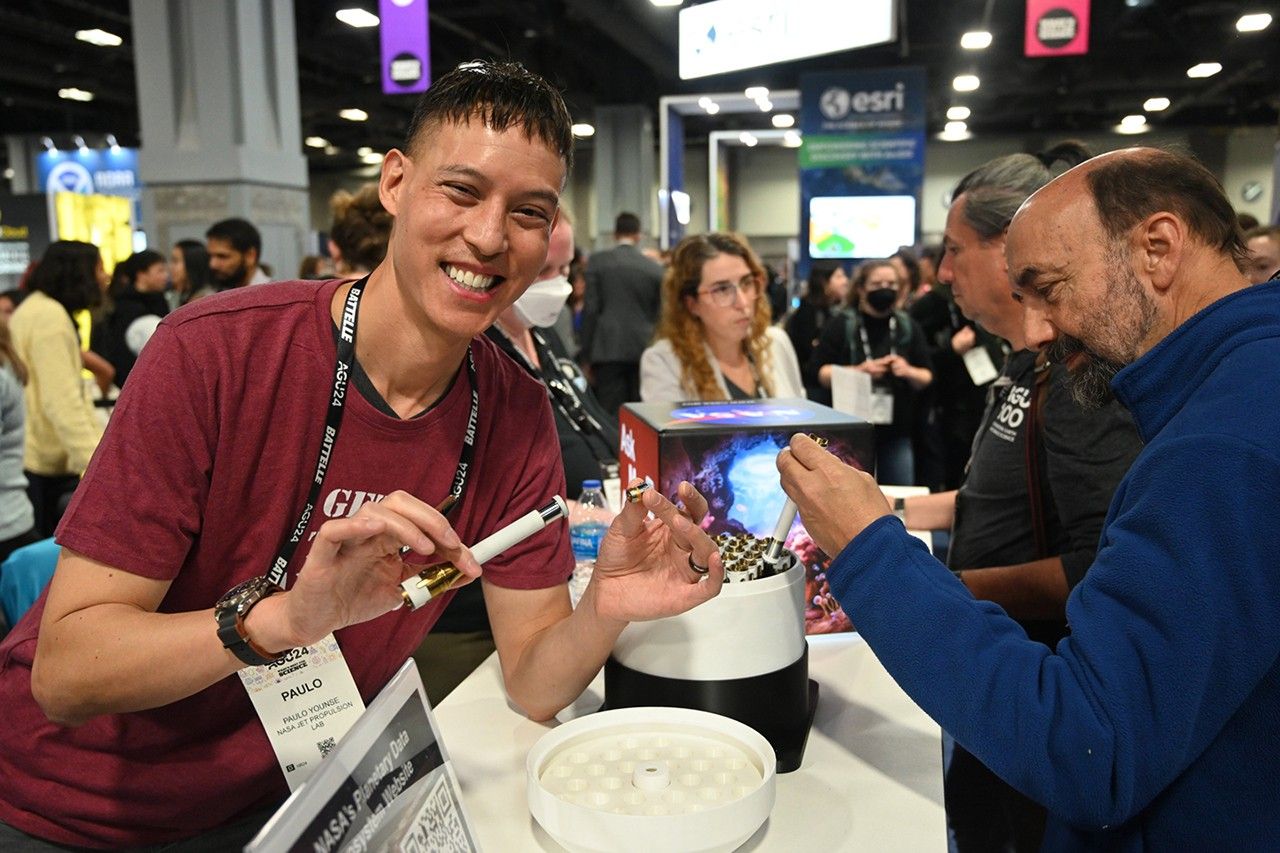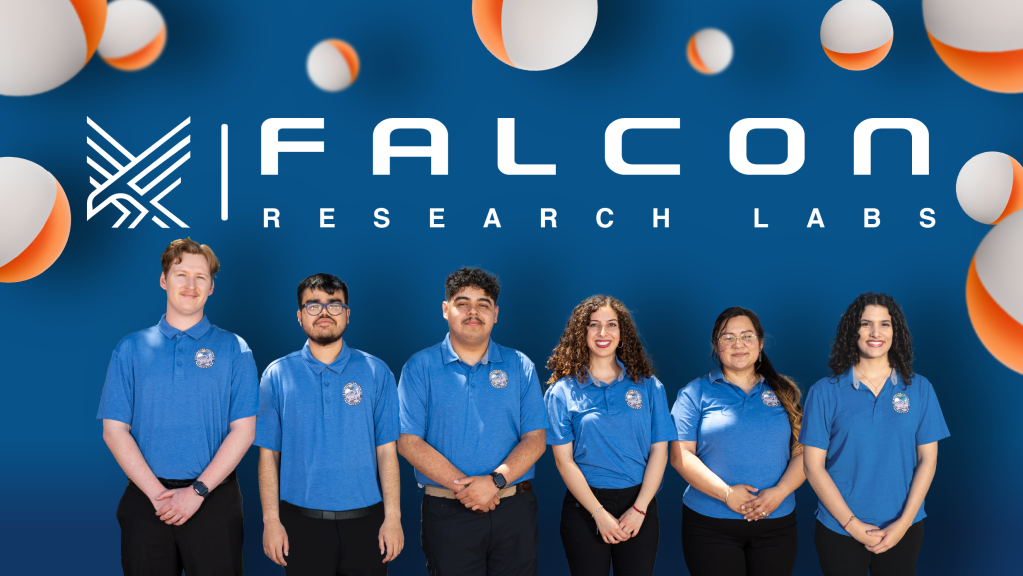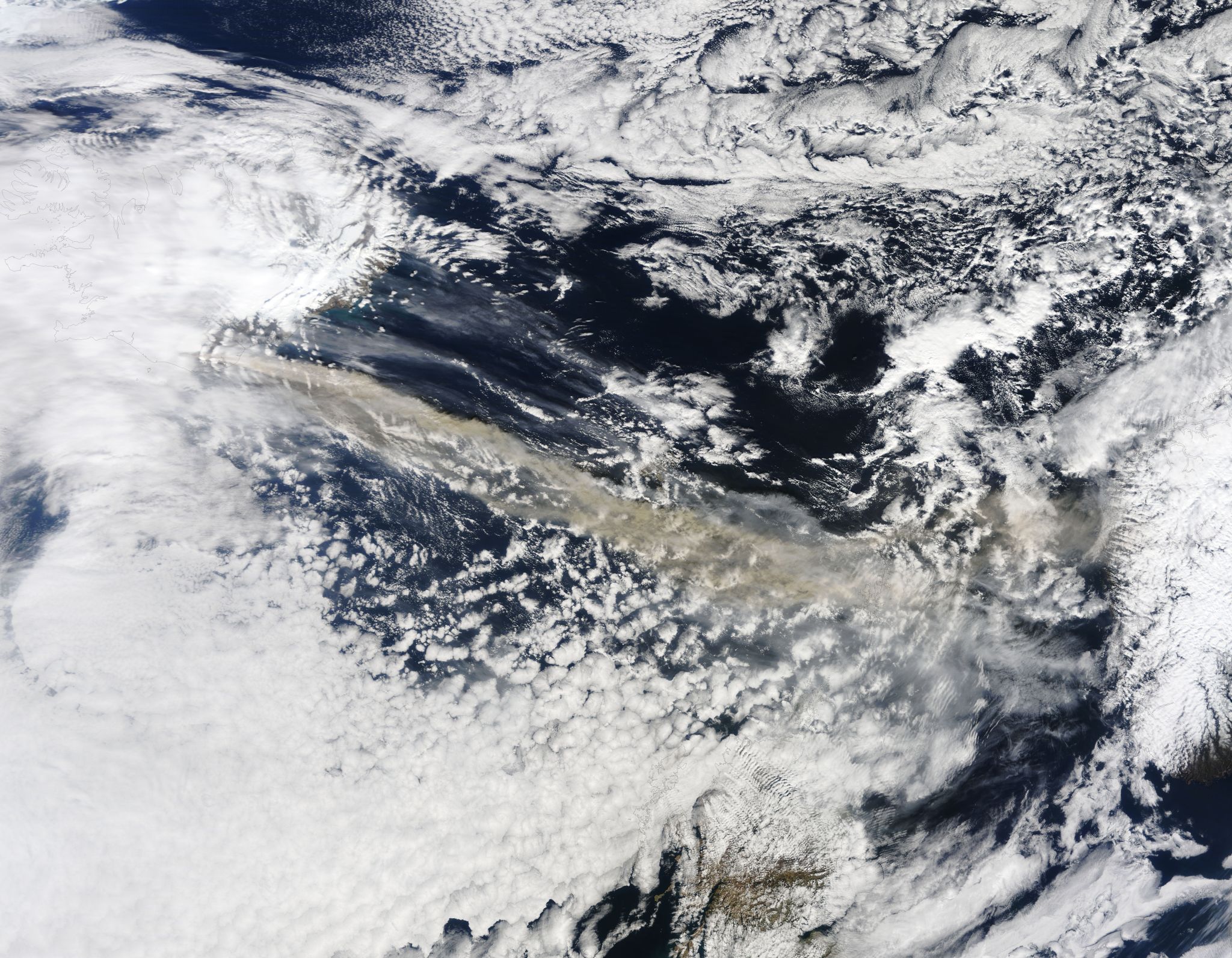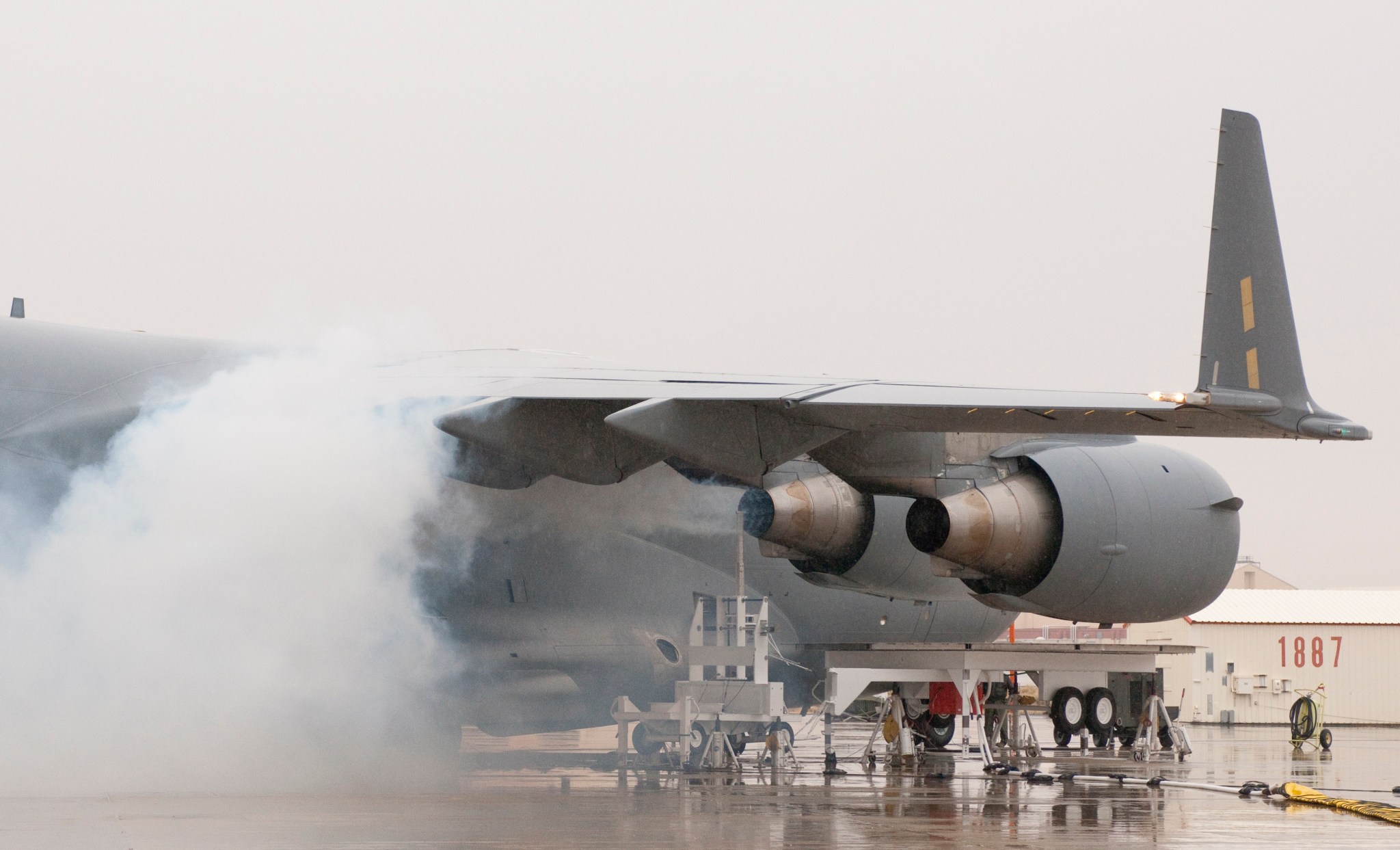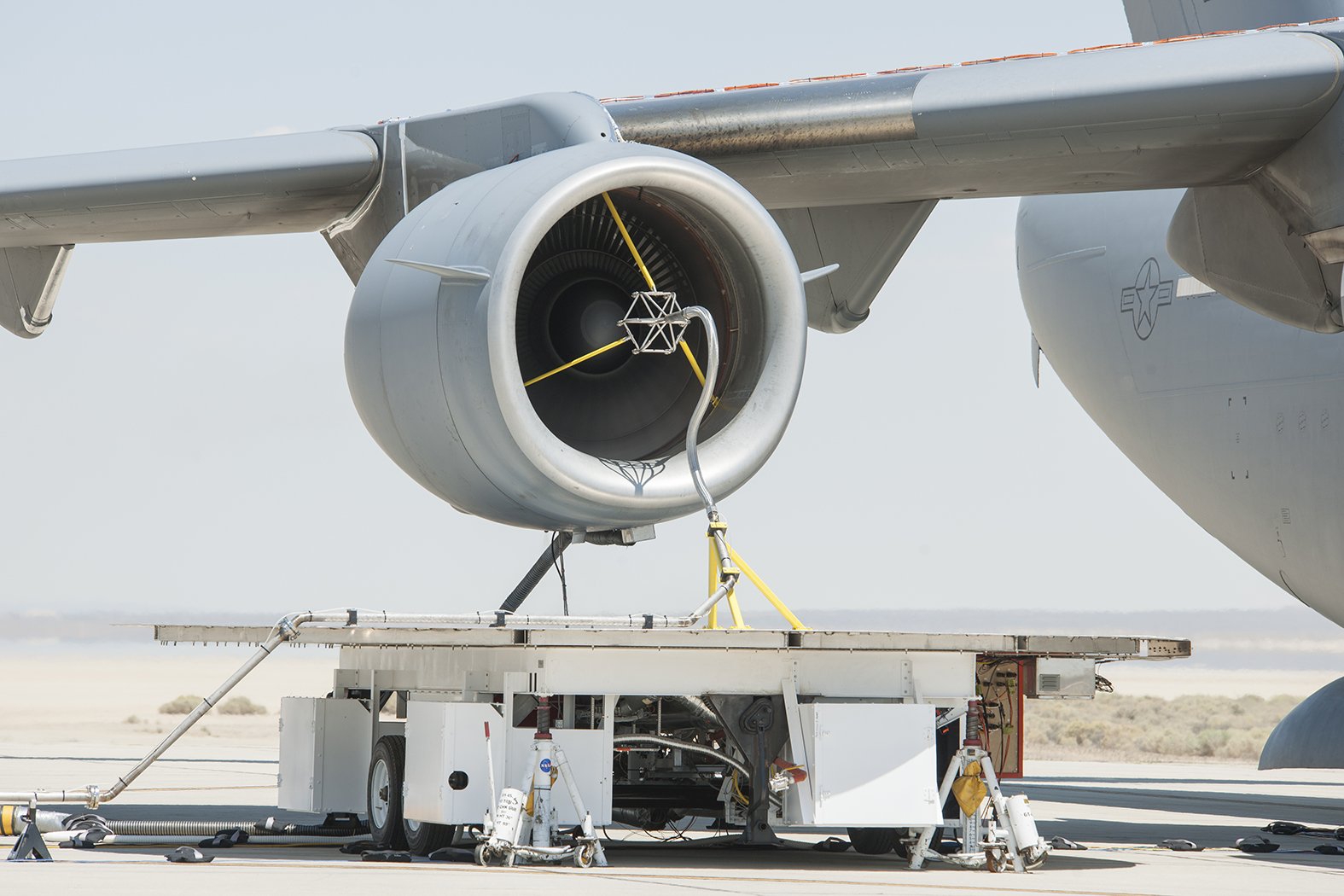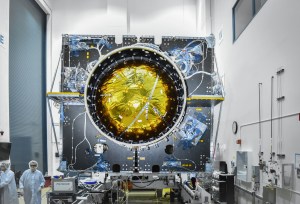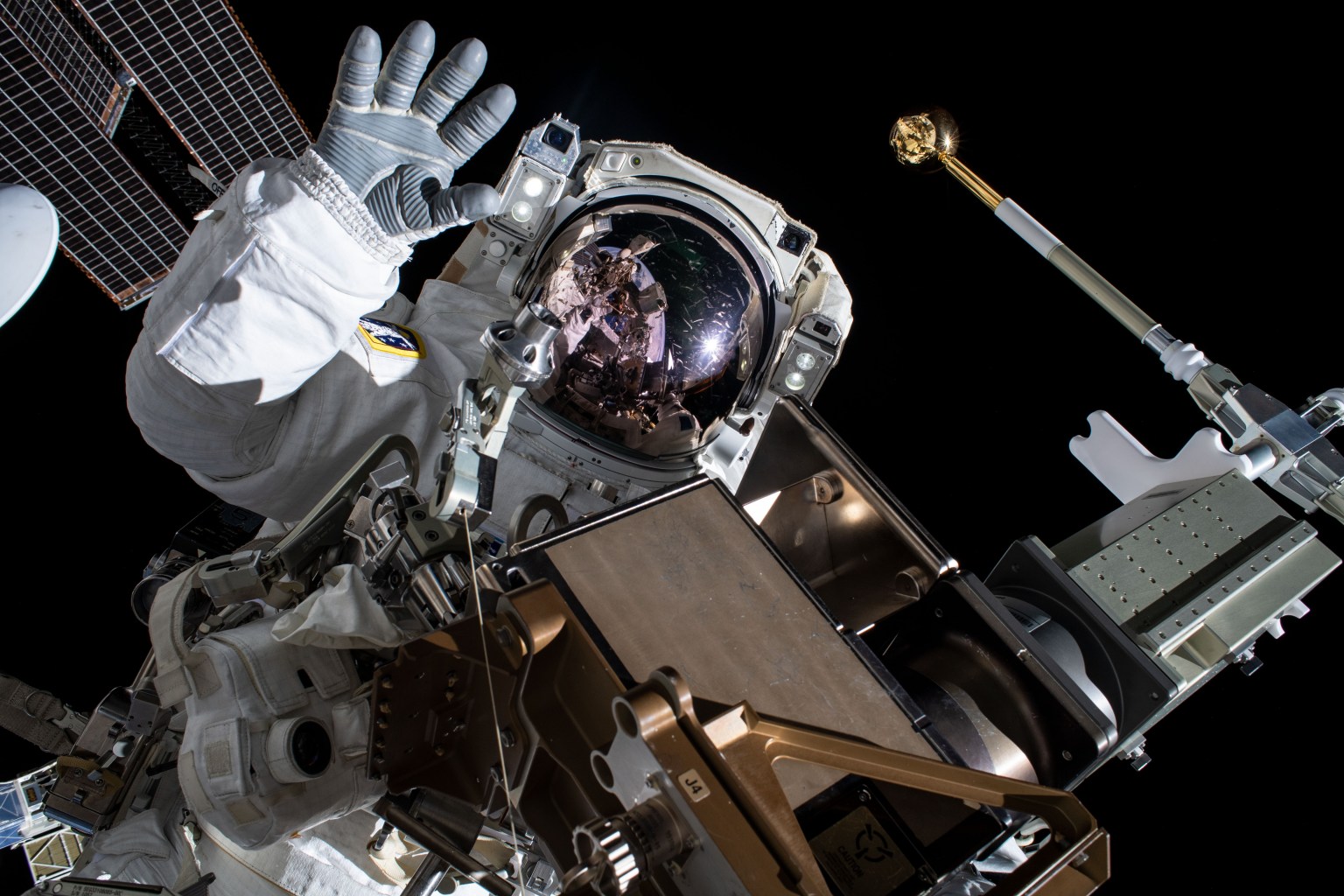NASA researchers are spending at least the next six months poring over data from a recent test that involved sending volcanic ash through an airplane engine.
According to the U.S. Geological Survey more than 80 commercial aircraft encountered potentially hazardous volcanic ash in flight and at airports from 1993-2008. That was before the big 2010 volcanic eruption of Eyjafjallajökull in Iceland which disrupted hundreds of flight in Europe and the lives of about 10 million airline passengers over six days.
“The primary issue is that volcanic ash forms glass in the hot sections of some engines,” said John Lekki, NASA Vehicle Integrated Propulsion Research (VIPR) Principal Investigator, based at NASA’s Glenn Research Center in Cleveland, Ohio. “This clogs cooling holes and chokes off flow within the engine which can eventually lead to an engine power loss. It is very erosive, which causes damage to compressor blades and other parts in the engine.”
The 2010 volcanic eruption came at the same time that NASA was looking at developing engine health management systems and smart sensors for next generation commercial aircraft engines.
“Because of the impact of the volcano in Iceland there was also an increased interest in the aviation community in better understanding the effects of volcanic ash in engines,” said Paul Krasa, VIPR project manager, based at NASA’s Langley Research Center in Hampton, Virginia.
So NASA partnered with other government agencies and industry, including the Federal Aviation Administration, the U.S. Air Force Research Laboratory, Pratt & Whitney, Rolls Royce Liberty Works, General Electric Aviation and Boeing Research & Technology, to conduct the series of VIPR engine tests – ending with the one in 2015 that actually simulated volcanic ash ingestion.
“We don’t know of anybody who has ever attempted to introduce volcanic ash directly into the engine core on the wing of the airplane in a controlled way,” said Krasa. “We needed to do that because we really needed to understand the full system effect.”
The Air Force provided the plane, a C-17 cargo transport, and two F117 engines that had been slated for retirement, but were overhauled to like new before the test. The F117 engine is a military version of a commercial Pratt & Whitney engine that is used on the Boeing 757.
The first VIPR test on the engine, heavily instrumented with sensors, happened in 2011 at NASA’s Armstrong Flight Research Center/Edwards Air Force Base in California. It established engine and sensor performance baselines. The second test, in early 2013, used cereal and crayons, material that wouldn’t harm the engines, to verify that the sensors could detect tiny bits of debris. That test established the sensitivity of the sensors.
Both were the building blocks for the real-world scenario – the introduction of introducing volcanic ash, which can and does tear up an engine. Researchers introduced simulated volcanic ash into the engines at low and high flow rates.
“We used real ash that was broken up from a pumice deposit,” said Lekki. “The volcanic ash used that was from the Mt. Mazama eruption, which took place around 5700 BC.”
What makes volcanic ash bad for an engine also complicated how to test just how bad it is.
“One of the things we found out was that the original volcanic ash distribution rig we were using to introduce the ash into the engine ate itself,’ said Krasa. “Volcanic ash literally has such an erosive characteristic to it that it was able to cut through fittings, so we had to go though a redesign.”
The redesign worked beautifully, even though the researchers said the volcanic ash was so fine they could never actually see it blowing into the engine.
“What you could see was the erosion on the inside of the blades – a cleaning of the blades,” said Krasa. “The ash never really degraded the blades, but you could see how they were really clean the first couple of inches.”
The test engineers saw more than erosion damage to the actual engine.
“As the powder comes through the hot section, it actually turns into very, very small volcanic glass droplets,” said Krasa. “You see a huge amount of this glass accumulating on the inside of the engine.”
“There was erosion in the compressor and ‘glassification’ in the turbine,” added Lekki.
But those were preliminary observations, the kinds of things the researchers could actually see, not the kinds of results that make good science.
That is why the VIPR team will study the data and then publish results once the group can make solid scientific conclusions on just how volcanic ash can affect an airplane engine. Results are expected to be publicly released in summer, 2016.















